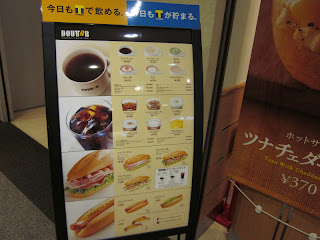On Vesak Day, a huge undersea earthquake was reported 874 kilometers from Tokyo. The epicentre was deep in the Pacific Ocean. Seismologists warned that another quake could be coming. See report here: Japan Today.
Expecting some negative reaction from Mr. Market, I looked at the prices of Accordia Golf Trust, Croesus Retail Trust and Saizen REIT this morning. Of the three, the unit price of Accordia Golf Trust retreated by almost 10%. It was a big decline but it probably had to do with the fact that the counter went XD as well.
Accordia Golf Trust announced their maiden DPU of 5.71c for the 8 months period since its date of listing. This included non-recurring gains. Based on the regular operation of the golf courses under management, it was estimated that full year DPU could come in at 6.23c. However, this was based on an exchange rate of S$1 to JPY 88.4. This was a couple of months ago.
Of course, the JPY has weakened significantly since then. The rate is now S$1 to JPY 92. This rate was last seen in late 2014 and could be the reason for the particular weakness in Accordia Golf Trust when the unit prices of both Croesus Retail Trust and Saizen REIT held up rather well. Accordia Golf Trust is, after all, the only one of the three that does not hedge currency risk and we must rightly expect DPU to reduce in S$ terms, therefore.
If we expect the DPU to reduce proportionally, we might see a revised full year DPU of 5.91c. Buying more at 71c to 72c a unit today means a distribution yield of 8.2% to 8.32%. If we need a minimum yield of 8% to make the investment worthwhile for us, then, based on the current weaker exchange rate, all else remaining equal, we should be able to accept a unit price of up to 74c or so. Coincidentally, this was the entry price of my current long position too.
Further weakness in the JPY cannot be discounted but I have made a case before on why I think the JPY's biggest declines are probably behind us. Getting into Accordia Golf Trust at its IPO was a bad idea for various reasons. At current prices, I believe that the business trust presents a decent enough investment for the income investor.
See an article in NextInsight on Accordia Golf Trust: here.
Related posts:
1. Accordia Golf Trust: Yield of 12.16%?
2. Croesus Retail Trust: ONE's MALL.
3. Saizen REIT: Deeply undervalued.
























































